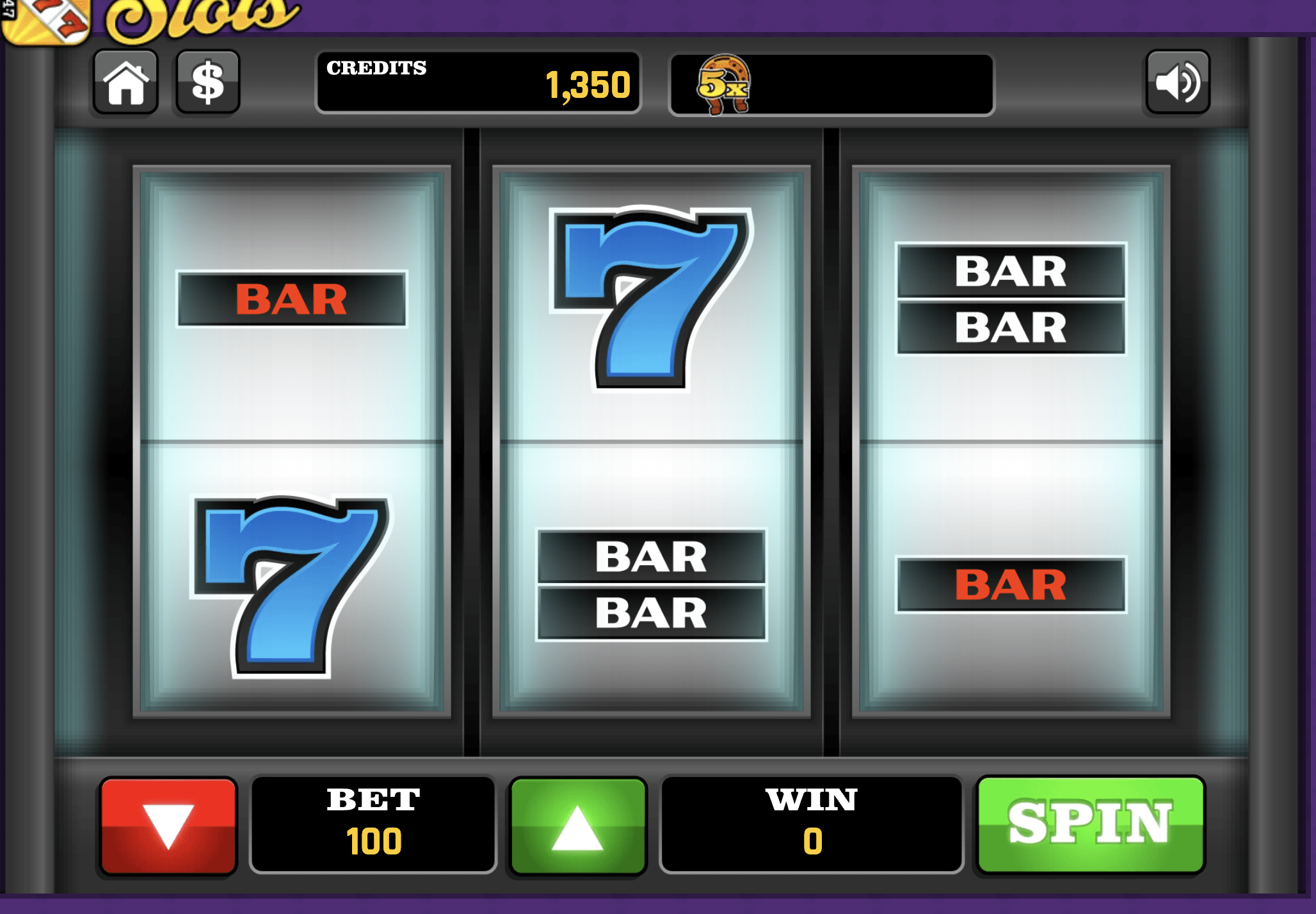For this week’s critical play, I decided to focus on the game of slots. While the directions were to play a game of chance with others, I had issues finding one. As a result, I had to get a bit creative. I played a solo online version of slots and supplemented reflexive mt experience with observations of live streamers playing slots on Kick, the streaming platform. The version of slots that I played was from a website called 24/7 Slots. This game was created by 24/7 Games, a company founded in 2010. As a gambling game, it is geared towards an 18+ audience, though there are no disclaimers for this on the website. This game uses fake money, there are no payouts or winnings. The live streamers I watched on Kick were found using the Slots & Casino Category. Kick was launched in 2022 and is backed by Stake.com, an online casino company. Kick’s loose policies on gambling content have garnered critique from content creators who question the ethics of sponsored gambling streams and their normalization of gambling to young, impressionable audiences. The streamers I watched used real money, though I am uncertain whether that money came from a sponsor. In this critical play, I will argue how hidden chance mechanics and constant stimulation in slot games psychologically nudge players to continue to gamble and feed into addictive behavior.
“Chat we’re only down $2000”
This is how the streamer, whom I will give the pseudonym VyperK, started their late Wednesday stream. Broadcasted to an audience of over 8,000 people, they pulled up Stake.com on their browser and opened a slots game. Within this game, he had the choice between two slot machines, a left one and a right one. One would be his while a computer would take the other. VyperK asked, “Which do I pick, left or right?” and his audience sounded off with their thoughts in the chat.

After the slots ran its course, “YOU WON” was displayed across his screen with a visual of his computer opponent crying. VyperK won a grand total of $10. In a satisfactory tone, he said “not bad” and proceeded to continue gambling. As the stream proceeded, he would call the game a “scam” when he lost, verbally bargain with the game to “drop” certain symbols, and attempt to reason with the RNG of the game. “Don’t you think it’s a rotation, left wins one, right wins one,” he said as he attempted to pick between slots in a subsequent game. His anger and frustration grew throughout gambling. He yelled at the game, told Stake to “stop playing” with him, and started blaming chat for their slot choices. Yet he continued. Within a half hour, he went from being down $2000 to being down $8000.
On a surface level, it might seem illogical that VyperK started by downplaying the fact he was down being down $2000, or that he was happy to win $10, or that he continued gambling even after falling deeper into debt. However, concealing the mechanisms mediating chance in this slot game psychologically nudged VyperK to continue. There was no certain way for VyperK to know when chance would fall in or out of his favor. Nonetheless, VyperK verbalized his theories on the logic of the game, effectively participating in a guessing game that kept him, and his chat, invested in seeing the gambling through until he recuperated some winnings (i.e., if left won last time, right will probably win now). The game of slots I played was slightly different, but I too found myself attempting to rationalize the probability of the game. On one of my first tries, I got three cherries in a row (good!), but it took me so long before I got another good spin. Each time I hit spin, I thought surely I’d win something good the next time, but that mostly wasn’t the case.
The constant visual and auditory stimulation kept VyperK and myself drawn to continue playing the game. In VyperK’s game, symbols were constantly dropping, numbers representing earnings and bonuses would pop up, and sound would play as the slots established their formation. This was less so the case in the game I played (perhaps they were more mindful of not including design patterns that promote addictive behavior), however it did include constant audio noise and bright colors. The use of bright colors might be likened to YouTubers catering to iPad kids with rainbow-colored thumbnails. Visually enticing and attention drawing.

The creators of these slot games (when not being mindful of addiction) design them in such a way as to consistently maintain the attention span of players. There was something new to look at or listen to at at any given moment, keeping players locked in.
These psychological nudges facilitated by slots’ hidden chance mechanics and constant stimulations encourage users to continue playing. It is this heightened engagement that puts players at risk for gambling.
(As well as their chat… but I have reached my word limit.)



